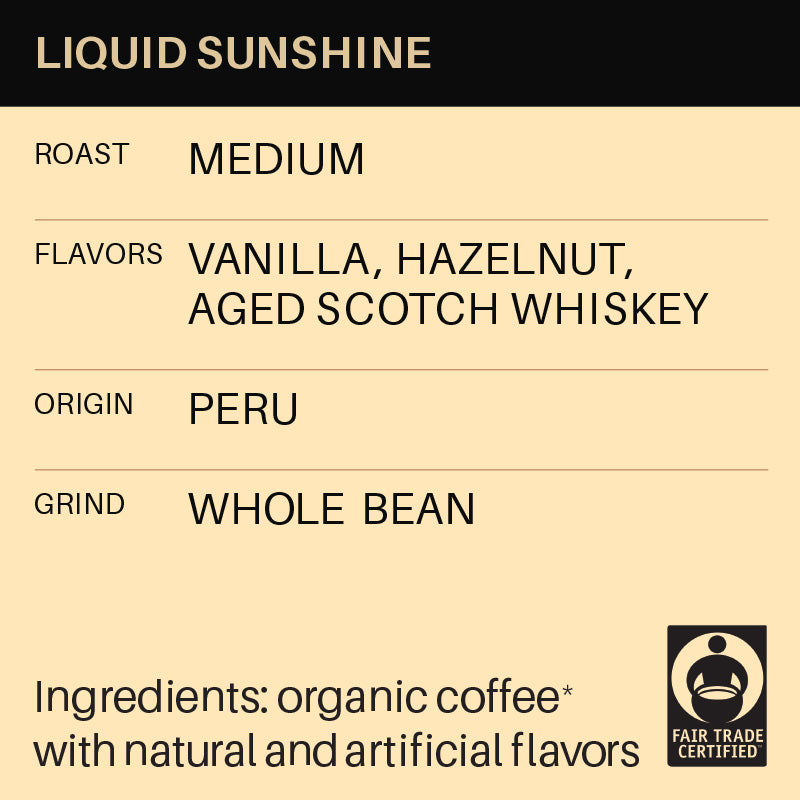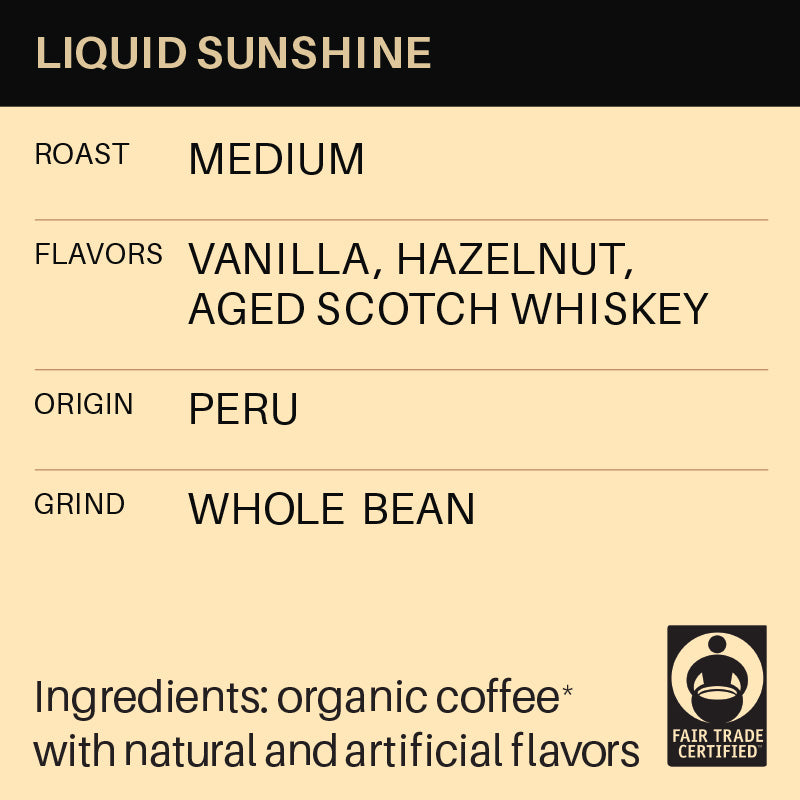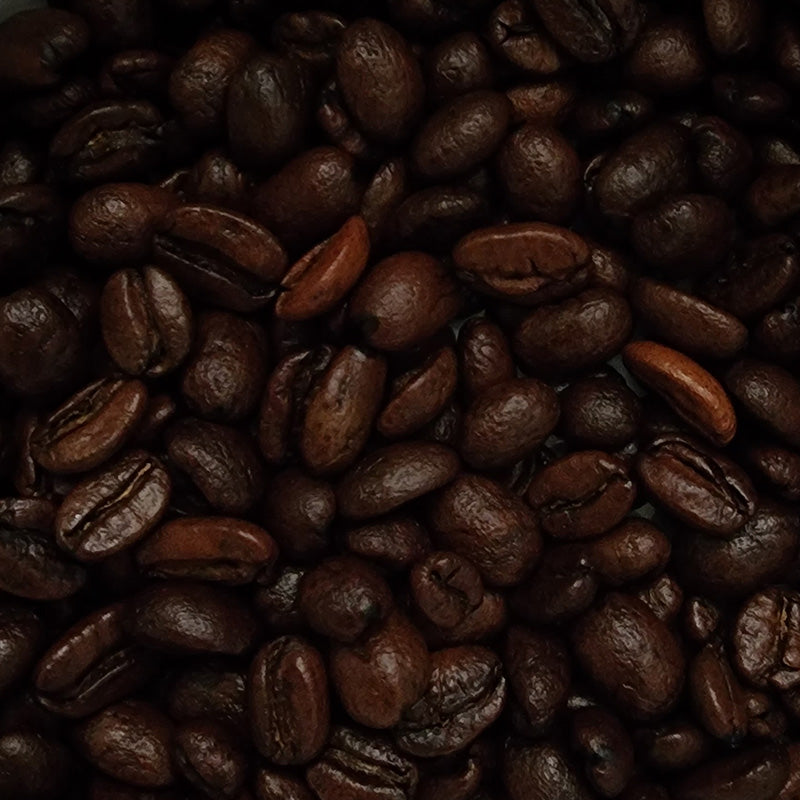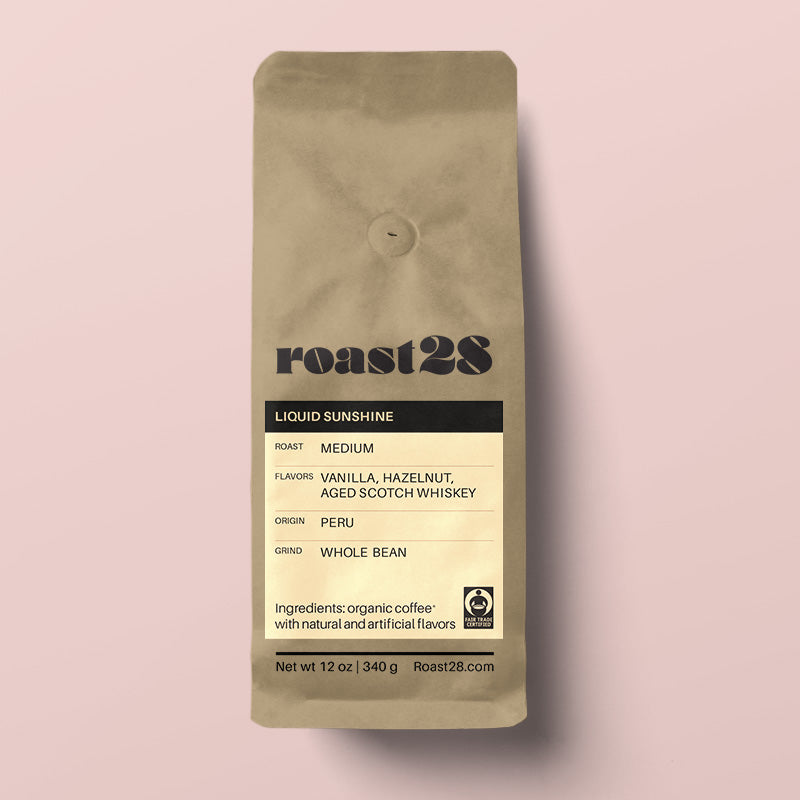Roasting specialty coffee requires craftsmanship and precision to bring out each bean's unique flavors. Experts monitor time, temperature, and airflow to ensure consistent results. Adhering to strict standards, such as controlling moisture content and roast profiles, is vital. Each roast demands skillful adjustments to unlock the coffee's best flavor potential.

Green Coffee Quality
Green coffee quality is essential for exceptional roasting results. Roasters should always use high-quality, properly stored beans to ensure peak flavor potential. Artisanal roasters inspect beans for defects, maintaining moisture content between 10-12% for optimal roasting performance. Another factor to consider is the origin characteristics, which highlight unique regional flavors during the roast.

Roasting specialty coffee
Roasting profiles shape coffee's flavor and aroma through precise roast levels. The first crack, a popping sound as moisture escapes, marks the bean's transition to light roast, emphasizing bright acidity and origin flavors. Medium roasts develop sweetness and balance by continuing just beyond the first crack but stopping before the second crack. The second crack, a softer crackling sound, signals deeper roast development for dark roasts, creating bold, smoky flavors while reducing origin characteristics.

Roasting phases
Roasting coffee in a drum roaster involves three key phases to develop flavor. The drying phase (0-3 minutes) begins as the drum heats to 160-180°C (320-356°F), evaporating moisture and stabilizing beans. Proper heat application ensures even drying without scorching. The Maillard reaction (3-8 minutes) follows as moderate heat caramelizes sugars and creates browning, leading to complex flavors and aromas. Precision in heat adjustments during this phase prevents overdevelopment. Finally, the development phase (8-12 minutes) focuses on refining the roast’s flavor by managing airflow and temperature. This phase determines the roast level, whether light, medium, or dark.

Temperature control and roasting time
Just like any cooking recipe, temperature control and roasting time are critical for achieving the perfect flavor in coffee beans. Monitoring bean temperature and adjusting heat input ensures even roasting, preventing scorching or tipping, which can create burnt or uneven flavors. Roasting time impacts flavor development; light roasts, taking 8-10 minutes, preserve bright acidity and origin notes. Dark roasts, extending to 12-15 minutes, enhance bold, smoky flavors while reducing acidity. Properly balancing time and temperature allows for precise control over the final coffee profile.

Airflow, agitation, and cooling
Airflow and agitation are essential for even roasting. Consistent airflow removes chaff and ensures uniform heat distribution, while stirring or tumbling beans prevents uneven roasting. Once roasting is complete, it’s crucial to cool the beans quickly to stop the process and avoid overdevelopment. Using a cooling tray or air circulation helps maintain consistency and flavor. After roasting, beans should cool for at least 5-10 minutes before bagging to stabilize and prevent excess heat from affecting the final flavor profile.

Cupping, storage, and quality control
Cupping is a vital part of quality control in coffee roasting, allowing roasters to assess flavor, body, aroma, and consistency. During cupping, a sample of roasted coffee is brewed to a standard method to compare each batch to a set profile. This ensures consistency and quality across all roasts. After cupping, it’s essential to store roasted beans in airtight, lightproof containers at room temperature to preserve freshness. To maintain consistency, roasters use software or manual logs to track profiles and adjust for factors like batch size, bean type, and environmental conditions.

Storing whole coffee beans
After roasting, beans release carbon dioxide, which continues to affect the taste. Consuming coffee within the first two weeks provides the most vibrant and fresh flavor. As time passes, the beans lose their aroma, and the flavor begins to degrade, especially after 4 weeks. Coffee beans typically have a "best by" date of about 3-6 weeks after roasting for optimal freshness. However, they can still maintain good flavor for up to 6-12 months when stored properly in airtight, lightproof containers.




